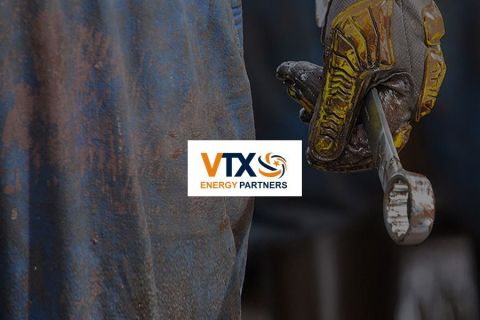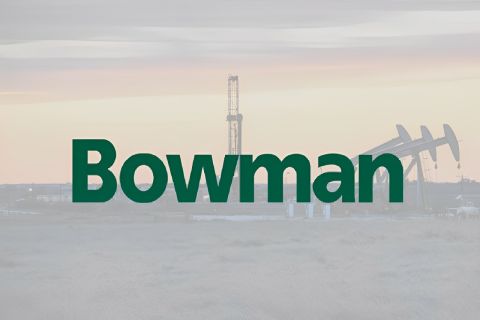
New technologies have already led to a nearly 79% fall in methane emissions from hydraulically fractured natural gas wells in the U.S. since 2005, according to the American Petroleum Institute.
Companies are opting for green completions, capturing natural gas at the wellhead after a well is completed instead of releasing the gas into the air by flaring. Other techniques include using vapor recovery units on storage tanks and replacing seals to prevent natural gas from escaping compressor casing.
But there are more ways to lower methane emissions. And companies could capitalize on hydrocarbon resources, which would have otherwise escaped from flares.
Here are some sources of methane emissions and recommended mitigation solutions provided by Philip Swanson, administrator for the Climate & Clean Air Coalition Oil & Gas Methane Partnership.
 Pneumatic controls and pumps: Instead of using natural gas, install an instrument air system for pneumatic gas supply. Retrofit pneumatic gas controllers with low or no bleed devices. Replace pneumatic pumps with electric pumps, including solar electric pumps if the unit is small enough.
Pneumatic controls and pumps: Instead of using natural gas, install an instrument air system for pneumatic gas supply. Retrofit pneumatic gas controllers with low or no bleed devices. Replace pneumatic pumps with electric pumps, including solar electric pumps if the unit is small enough.
 Fugitive equipment and process leaks: Conduct an assessment using optical imaging cameras or leaks sensors. Check piping, valves, connectors, flanges, compressor casing and open-ended lines for leaks and repair as soon as possible. Conduct monthly or quarterly inspections and maintenance to look for problem areas.
Fugitive equipment and process leaks: Conduct an assessment using optical imaging cameras or leaks sensors. Check piping, valves, connectors, flanges, compressor casing and open-ended lines for leaks and repair as soon as possible. Conduct monthly or quarterly inspections and maintenance to look for problem areas.
 Centrifugal compressors with wet (oil) seals: Convert wet seal centrifugal compressors to dry seals. Recover and use, or sell, gas separated from the seal by installing an intermediate pressure seal oil/gas separation system that can be routed to a pressurized inlet such as for fuel gas.
Centrifugal compressors with wet (oil) seals: Convert wet seal centrifugal compressors to dry seals. Recover and use, or sell, gas separated from the seal by installing an intermediate pressure seal oil/gas separation system that can be routed to a pressurized inlet such as for fuel gas.
 Hydrocarbon liquid storage tanks: If such tanks are used, install a vapor recovery unit to recover tank vapors or route it to a gas lift. Reduce the differential pressure between oil/gas separation to the atmospheric tank to lower the amount of gas emitted from the tank.
Hydrocarbon liquid storage tanks: If such tanks are used, install a vapor recovery unit to recover tank vapors or route it to a gas lift. Reduce the differential pressure between oil/gas separation to the atmospheric tank to lower the amount of gas emitted from the tank.
 Casinghead gas venting: Instead of venting casinghead gas from the annular space between the tubing and casing on oil wells, capture it by installing compressors or vapor recovery units. Casing could also be connected to tanks with vapor recovery units.
Casinghead gas venting: Instead of venting casinghead gas from the annular space between the tubing and casing on oil wells, capture it by installing compressors or vapor recovery units. Casing could also be connected to tanks with vapor recovery units.
The U.S. Environmental Protection Agency’s proposal, unveiled last week, would require companies to find and repair leaks, capture gas from completion of hydraulically fractured wells, limit emissions from new and modified pneumatic pumps, and limit emissions from equipment used at compressor stations.
The EPA thinks the proposed standards could reduce 340,000 to 400,000 short tons of methane in 2025. That is the equivalent of between 7.7 million to 9 million metric tonnes equivalent of carbon dioxide, according to the EPA.
Velda Addison can be reached at vaddison@hartenergy.com or via Twitter @veldaaddison.
Recommended Reading
VTX Energy Quickly Ramps to 42,000 bbl/d in Southern Delaware Basin
2024-09-24 - VTX Energy’s founder was previously among the leadership that built and sold an adjacent southern Delaware operator, Brigham Resources, for $2.6 billion.
US Drillers Cut Oil, Gas Rigs for Third Week in a Row
2024-10-04 - The oil and gas rig count fell by two to 585 in the week to Oct. 4.
EY: How AI Can Transform Subsurface Operations
2024-10-10 - The inherent complexity of subsurface data and the need to make swift decisions demands a tailored approach.
Bowman Consulting to Manage, Monitor Delaware Basin Wells
2024-10-14 - Bowman Consulting Group’s scope of work includes conducting detailed field surveys of above-ground infrastructure assets across well sites of up to to 8 acres.
E&P Highlights: Oct. 7, 2024
2024-10-07 - Here’s a roundup of the latest E&P headlines, including a major announcement from BP and large contracts in the Middle East.
Comments
Add new comment
This conversation is moderated according to Hart Energy community rules. Please read the rules before joining the discussion. If you’re experiencing any technical problems, please contact our customer care team.




